Snakes, among the most misunderstood creatures in the animal kingdom, sometimes display defensive behaviors when they feel threatened. Whether you’re a snake owner, wildlife enthusiast, or simply someone who has encountered a snake unexpectedly, knowing how to calm a defensive snake without physical contact is an invaluable skill. This knowledge not only protects you from potential bites but also respects the animal’s natural boundaries and reduces its stress levels. The following guide explores various techniques and approaches to de-escalate snake defensive behaviors safely and effectively, all while maintaining a respectful distance.
Understanding Snake Defensive Behaviors
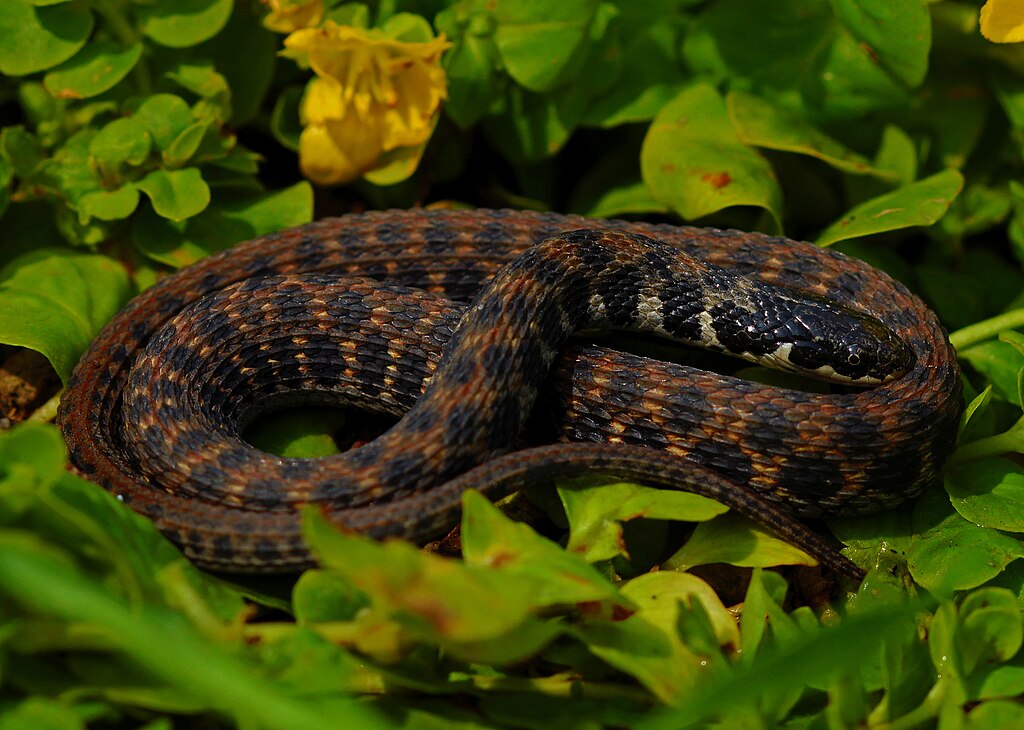
Snakes display a variety of defensive behaviors when they feel threatened, and recognizing these signals is the first step in safely calming them. Common defensive postures include coiling, raising the head, hissing, puffing up to appear larger, and in some species, flattening the neck (as seen in cobras and some colubrids). These behaviors indicate the snake feels vulnerable and is attempting to warn potential threats to keep their distance. Some species may also vibrate their tails against dry leaves or the ground to mimic a rattlesnake, even if they don’t possess rattles. Understanding that these behaviors stem from fear rather than aggression helps contextualize the snake’s reaction and guides appropriate responses.
Creating a Low-Stress Environment

The environment plays a crucial role in a snake’s stress levels, and modifying the surroundings can significantly calm a defensive snake. Reduce ambient noise, as snakes are sensitive to vibrations and can perceive loud sounds as threatening. Dim the lights or create partial shade, as bright lights can further agitate an already stressed snake. Remove any potential predators from the vicinity, including pets like cats and dogs that may trigger the snake’s defensive instincts. For captive snakes, ensure their enclosure offers adequate hiding spots where they can retreat and feel secure when stressed, such as appropriately sized caves, foliage, or specially designed snake hides.
Minimizing Your Physical Presence

Your physical presence can significantly impact a snake’s stress levels, especially when the animal is already displaying defensive behaviors. Make yourself appear smaller by crouching down rather than standing at full height looming over the snake. Avoid making sudden movements that might startle the reptile; instead, move slowly and deliberately if you need to adjust your position. Keep your hands at your sides rather than extending them toward the snake, as reaching movements can be perceived as predatory behavior. Creating physical distance between yourself and the snake often allows the animal to calm down naturally, as they’ll no longer perceive you as an immediate threat.
Using Visual Barriers
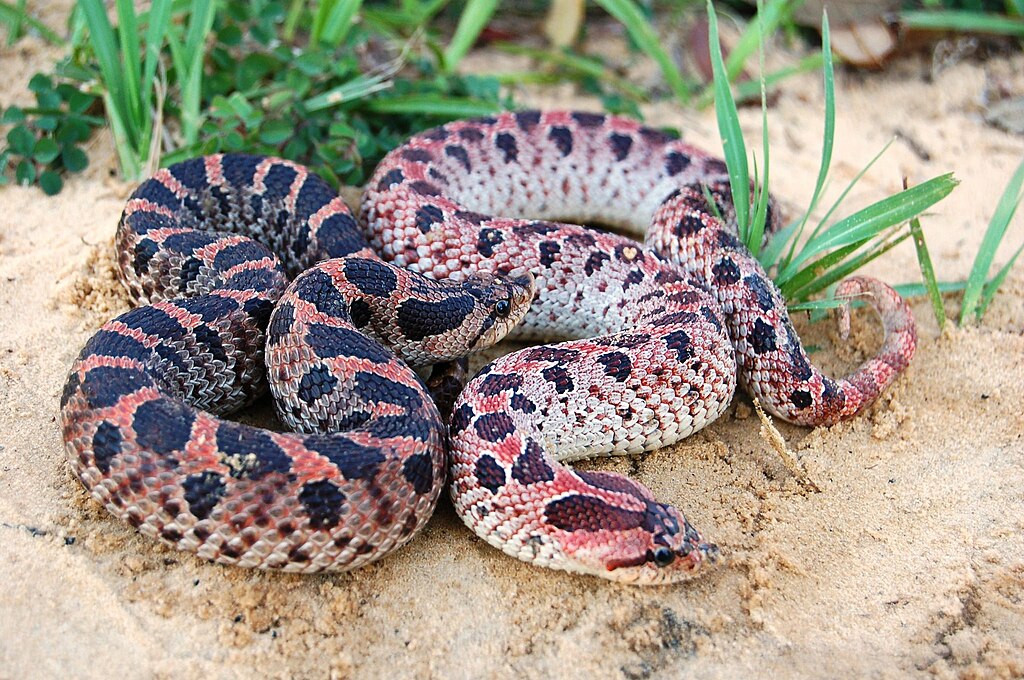
Visual barriers can be remarkably effective in calming defensive snakes by blocking their view of perceived threats. For captive snakes, draping a light cloth over part of their enclosure can reduce visual stimulation while still allowing airflow. In wildlife situations, using a blind or shield (like a trash can lid held at a safe distance) can block the snake’s view of you while you work on a solution. For pet snakes that are stressed during maintenance, using a snake hook to gently place a hide box over them gives them an immediate sense of security without handling. Remember that snakes, unlike mammals, don’t find darkness itself frightening and often feel more secure when they can’t see potential predators.
The Power of Patience and Time

Perhaps the most underrated technique for calming a defensive snake is simply allowing time for the animal to relax naturally. Snakes typically don’t maintain defensive postures indefinitely and will calm down when they no longer perceive an immediate threat. This approach might require waiting 15-30 minutes or longer, depending on the snake’s stress level and species. During this waiting period, remain still and quiet to avoid re-triggering defensive behaviors. For captive snakes, leaving the room entirely and returning later often results in finding a much calmer animal. This patience-based approach respects the snake’s natural rhythm and allows its nervous system to return to baseline without intervention.
Temperature Management Techniques
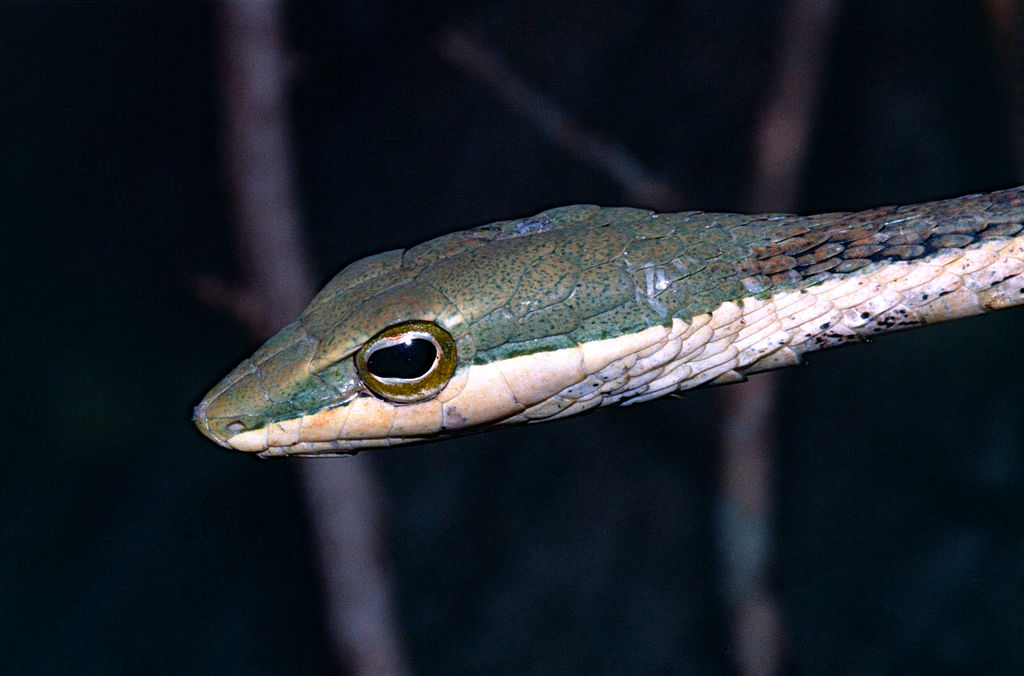
A snake’s body temperature significantly affects its activity level and stress responses, making temperature management an effective calming strategy. Slightly cooler temperatures (still within the safe range for the species) can reduce a snake’s metabolic rate and, consequently, its defensive reactions. For captive snakes, temporarily reducing ambient temperature by a few degrees can help calm an agitated animal. In wildlife situations during hot weather, providing shade may naturally decrease the snake’s body temperature and activity level. However, extreme temperature changes should always be avoided as they can be dangerous to the reptile’s health. This technique works because snakes are ectothermic (cold-blooded) and their physiological responses are directly tied to environmental temperature.
Strategic Timing for Interactions
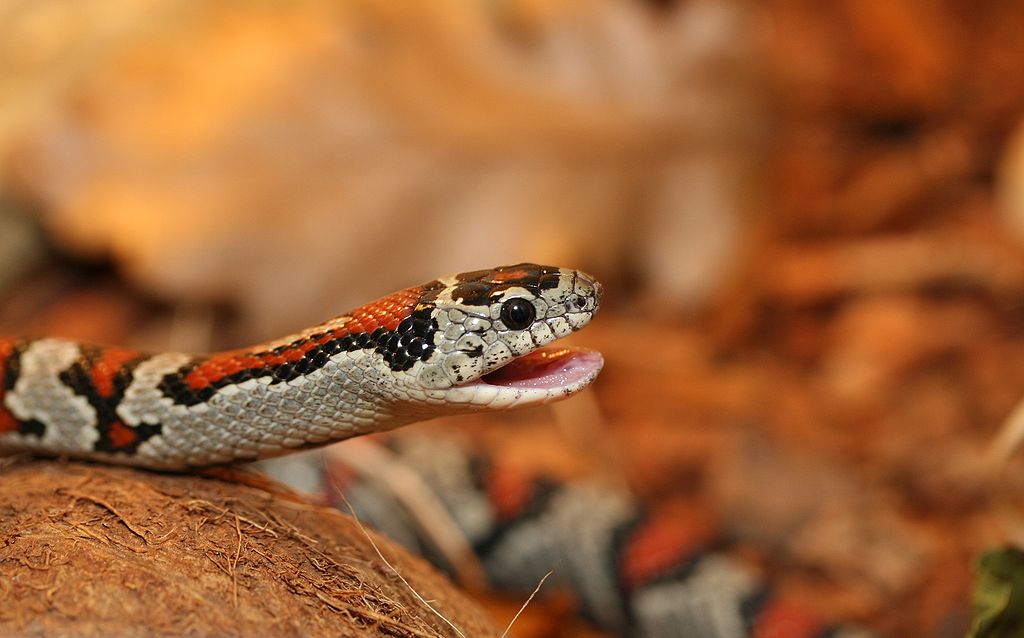
The timing of your interactions with a snake can dramatically influence its stress levels and defensive behaviors. Many species are naturally more calm during certain parts of their daily cycle—typically during their inactive periods. For nocturnal species like ball pythons, attempting interactions in the morning when they’re naturally less active can result in calmer behavior. Avoid approaching snakes during or immediately after feeding, shedding, or breeding seasons when they’re typically more defensive. For captive snakes, respecting their established routines and avoiding disruptions during sensitive periods helps maintain lower stress levels. Learning to recognize and work with your specific snake’s natural rhythms significantly reduces the likelihood of triggering defensive responses.
Scent Considerations and Management
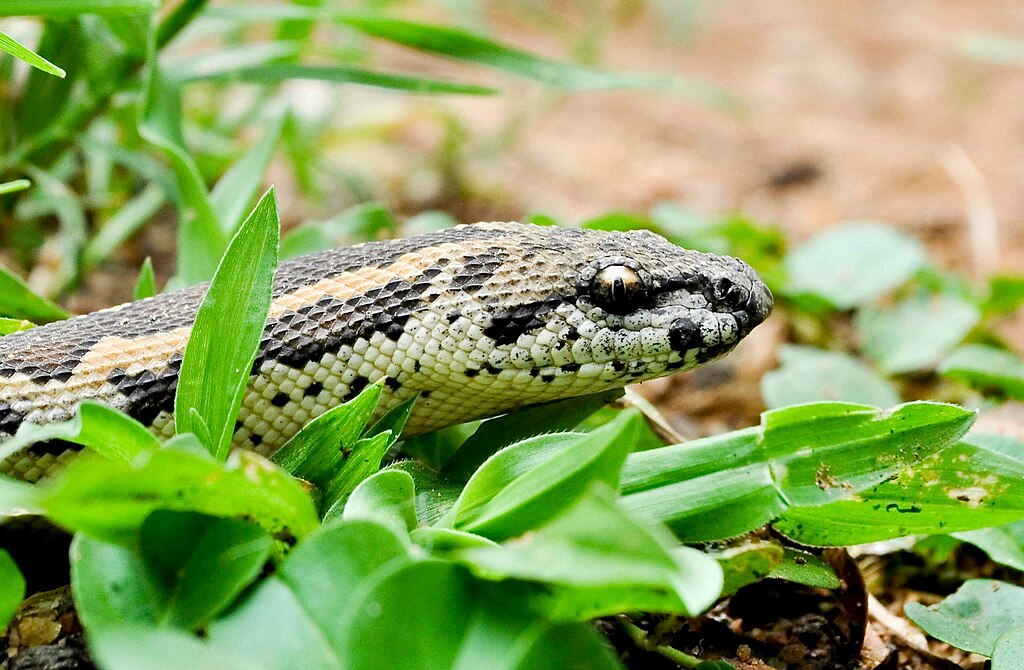
Scent plays a crucial yet often overlooked role in snake behavior and stress responses. Snakes have a highly developed sense of smell, using both their nostrils and their Jacobson’s organ (accessed via tongue-flicking) to detect chemical cues in their environment. Strong scents like perfumes, colognes, hand sanitizers, or residual odors from handling prey animals can trigger defensive behaviors in snakes. Washing hands thoroughly with unscented soap before being near a snake can reduce these triggers. For captive snakes, maintaining consistent scents in their environment and avoiding the introduction of new, strong odors helps prevent stress responses. Some keepers report success using the same unscented clothing when working with sensitive snake species to maintain olfactory consistency.
Using Snake Hooks and Tongs Appropriately

While this guide focuses on non-handling approaches, properly used snake hooks and tongs can help calm a defensive snake without direct contact. These tools can gently redirect a snake or slightly adjust its position without triggering the full stress response that handling would cause. Using a snake hook to gently touch the middle of a snake’s body (not the head) can alert it to your presence without surprising it. For venomous species or particularly defensive non-venomous snakes, these tools maintain a safe distance while still allowing necessary interventions. Professional snake hooks with rounded, smooth edges are preferable as they’re less likely to harm the snake during gentle interactions.
Special Techniques for Captive Snakes

Captive snakes present unique opportunities for conditioning that can prevent defensive behaviors before they start. Regular, positive interactions that don’t involve handling can build trust over time—such as calmly sitting near their enclosure daily so they become accustomed to your presence. Target training, where snakes learn to associate a specific object with positive outcomes, can reduce stress during necessary interventions. Some keepers use “snake bags” or specialized tubes that snakes willingly enter, providing a stress-free alternative when transportation is necessary. For particularly sensitive species, installing opaque sides on enclosures and positioning them away from high-traffic areas can prevent chronic stress that leads to defensive behaviors.
Recognizing When Professional Help Is Needed
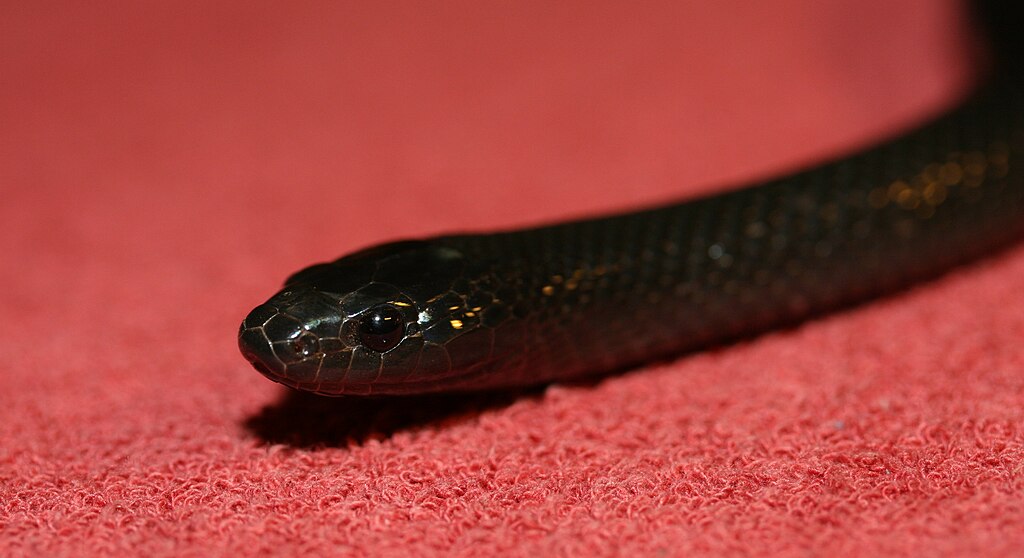
Despite best efforts, some situations require professional intervention, and recognizing these scenarios is crucial for both human and snake safety. Persistent defensive behaviors that don’t improve over time might indicate underlying health issues requiring veterinary attention. Venomous snakes should always be left to professionals with specific training and equipment, regardless of the situation. If a snake appears injured or shows abnormal defensive behaviors (excessive striking, inability to coil properly, or unusual body positioning), contacting a reptile veterinarian or professional handler is appropriate. For wild snakes in populated areas that pose potential human safety concerns, wildlife authorities can relocate the animal safely rather than risking amateur handling attempts.
Long-Term Strategies for Prevention

Preventing defensive behaviors altogether is preferable to managing them once they’ve begun, and several long-term strategies can achieve this goal. For captive snakes, designing naturalistic enclosures with multiple secure hiding spots, proper temperature gradients, and limited exposure to high-traffic areas dramatically reduces overall stress levels. Consistent handling routines (when handling is necessary) help snakes develop predictable expectations that reduce anxiety. For properties where wild snake encounters occur, habitat modification—such as keeping grass short near buildings, removing brush piles from immediate living areas, and sealing potential entry points into structures—reduces unexpected encounters that trigger defensive responses. Educational efforts within households with children about respecting snakes’ space and recognizing warning signs further prevents situations where calming techniques become necessary.
Cultural and Psychological Barriers to Overcome

Successfully calming a defensive snake often requires overcoming our own psychological and cultural barriers about these misunderstood animals. Cultural depictions of snakes as inherently aggressive or malicious create unconscious biases that can affect our body language and responses when encountering them. Learning to recognize and manage our own fear responses prevents transferring that anxiety to the snake through tense movements or elevated heart rates that snakes can detect. Developing a factual understanding of snake behavior helps replace fear-based reactions with informed responses. Practicing calming techniques in low-stress situations builds confidence that translates to better outcomes during actual defensive encounters. This human component of snake calming is perhaps the most challenging yet most important aspect of successful de-escalation.
Conclusion
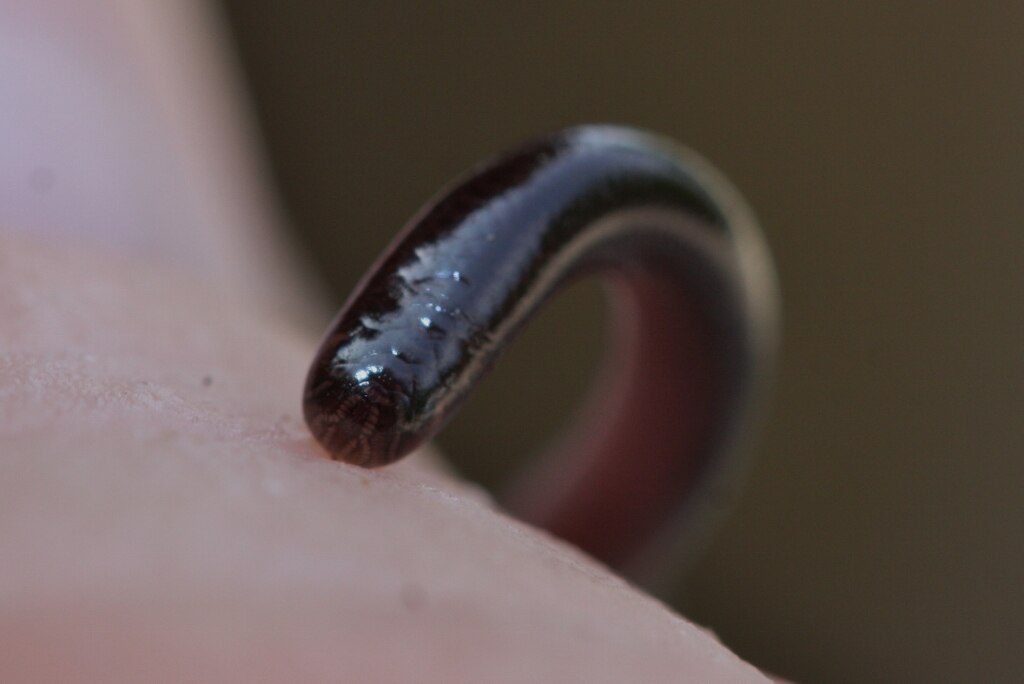
Calming a defensive snake without handling requires a combination of knowledge, patience, and respect for the animal’s natural behaviors and boundaries. By understanding what triggers defensive responses and creating environments that minimize these triggers, most snake encounters can be resolved peacefully. Remember that a snake’s defensive display stems from fear, not aggression—it’s simply trying to protect itself using the limited tools evolution has provided. Whether you’re a snake owner, wildlife enthusiast, or someone who occasionally encounters these remarkable reptiles, these non-handling techniques offer humane and effective ways to de-escalate tense situations while keeping both you and the snake safe. With practice, these approaches become second nature, transforming potentially stressful encounters into opportunities to appreciate these fascinating creatures from a respectful distance.





